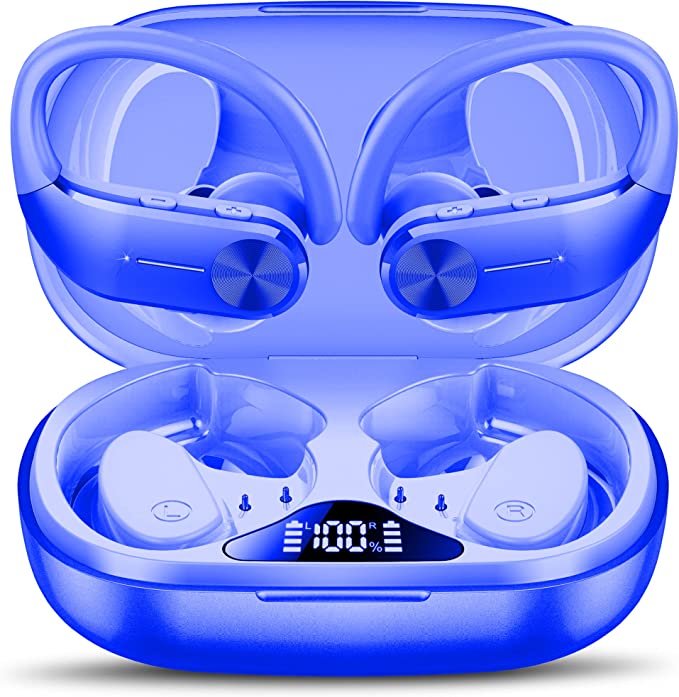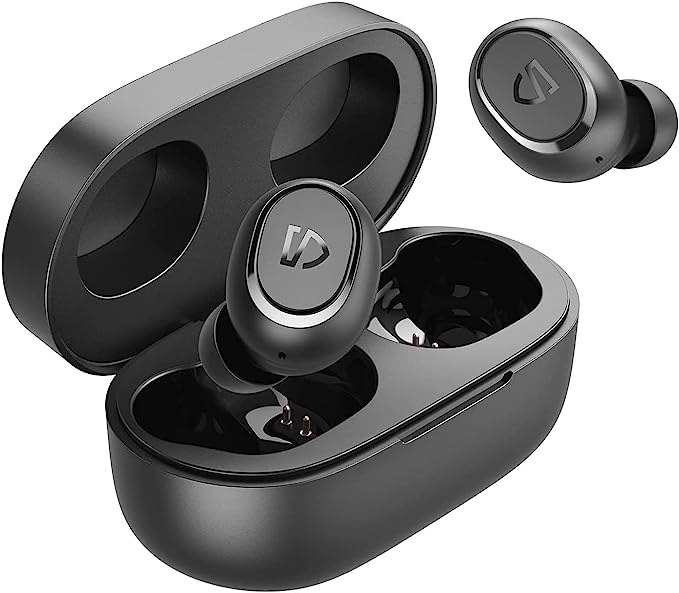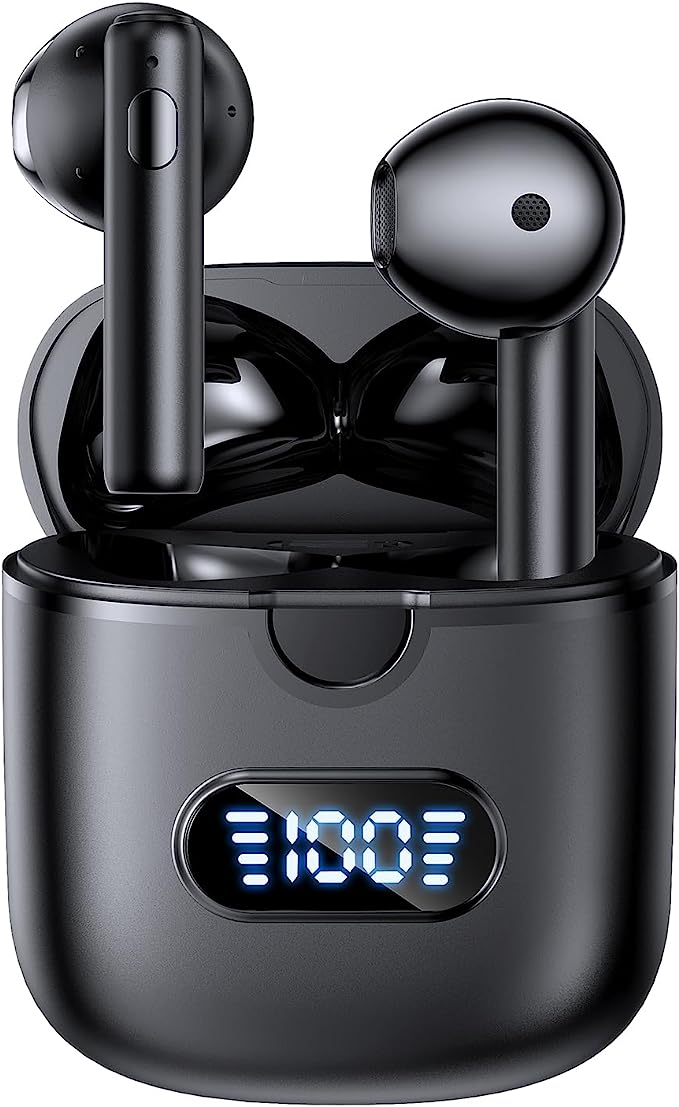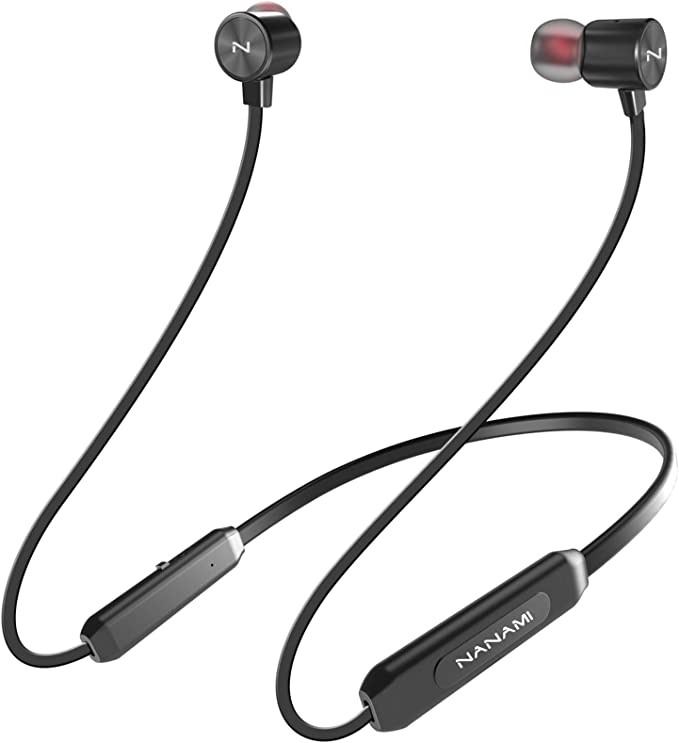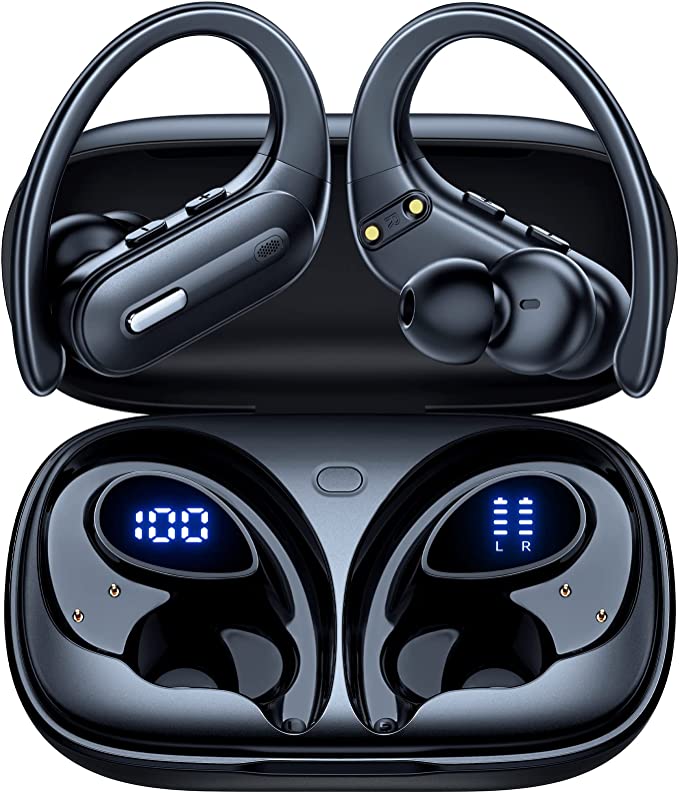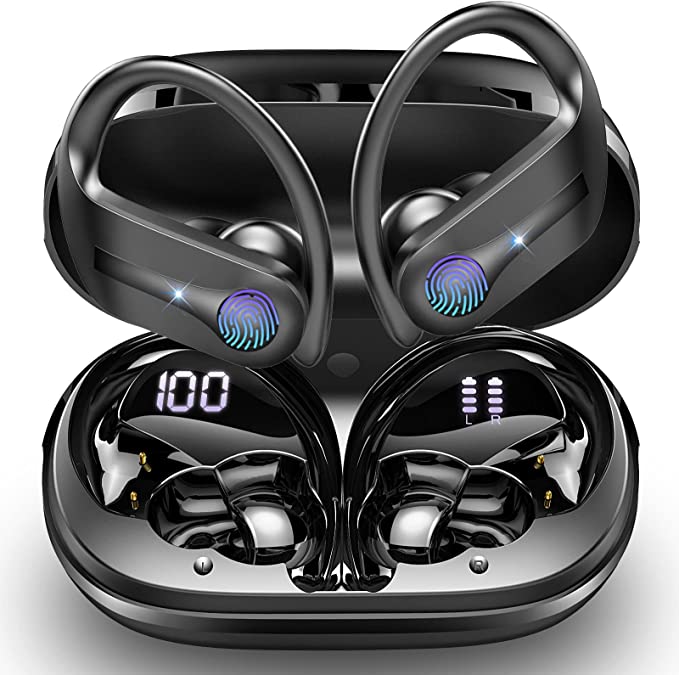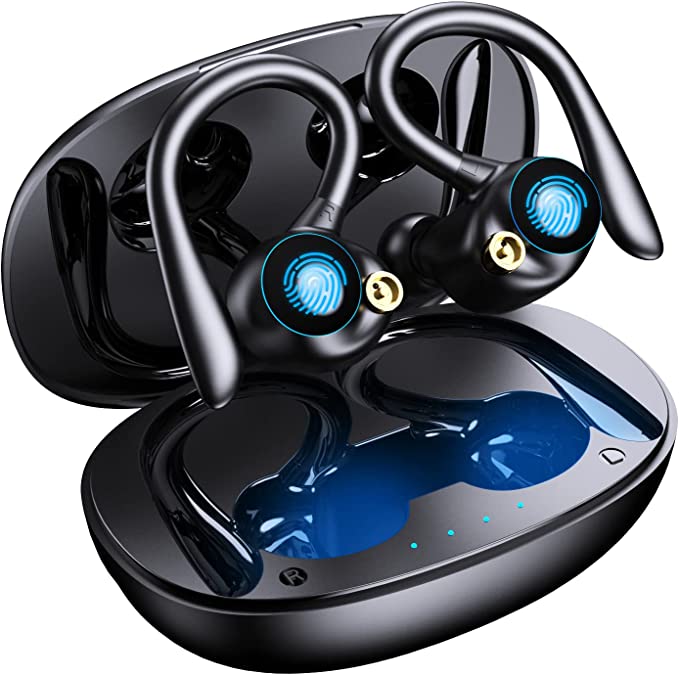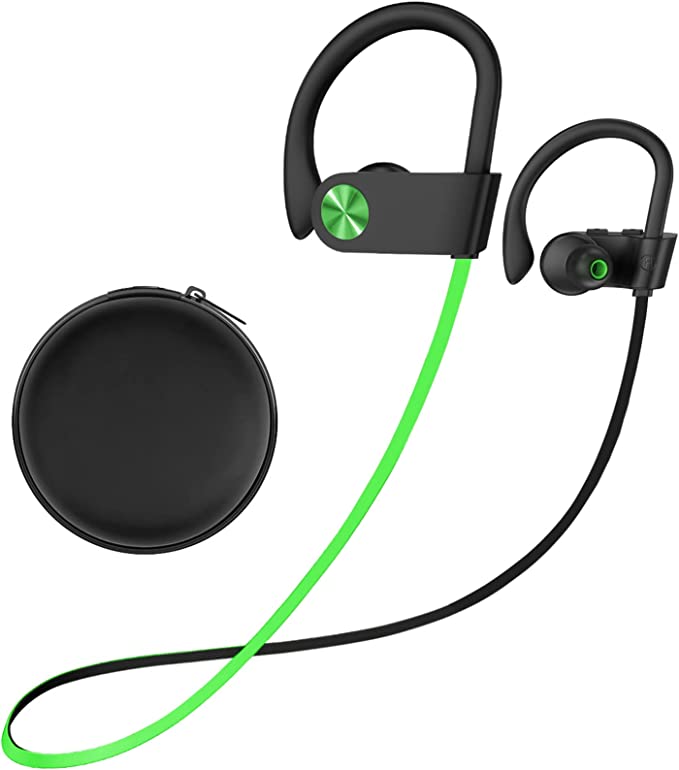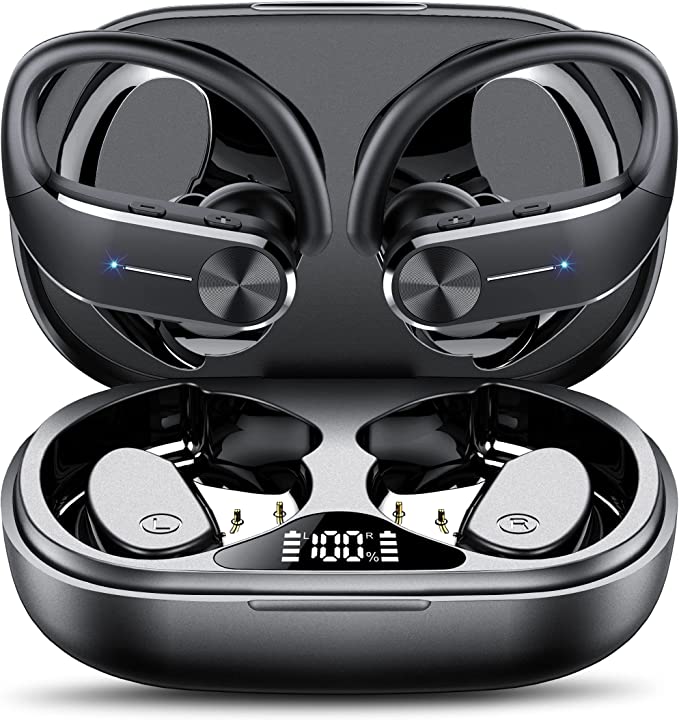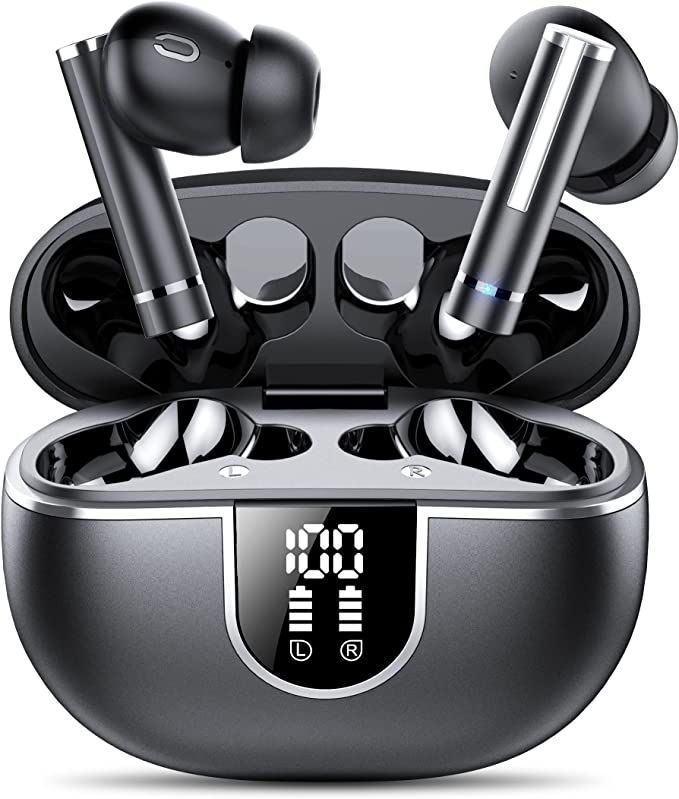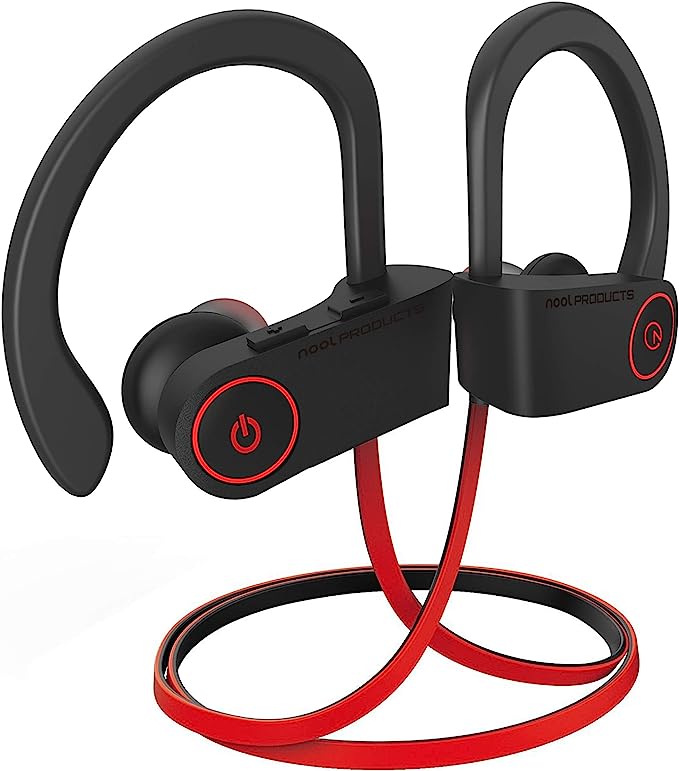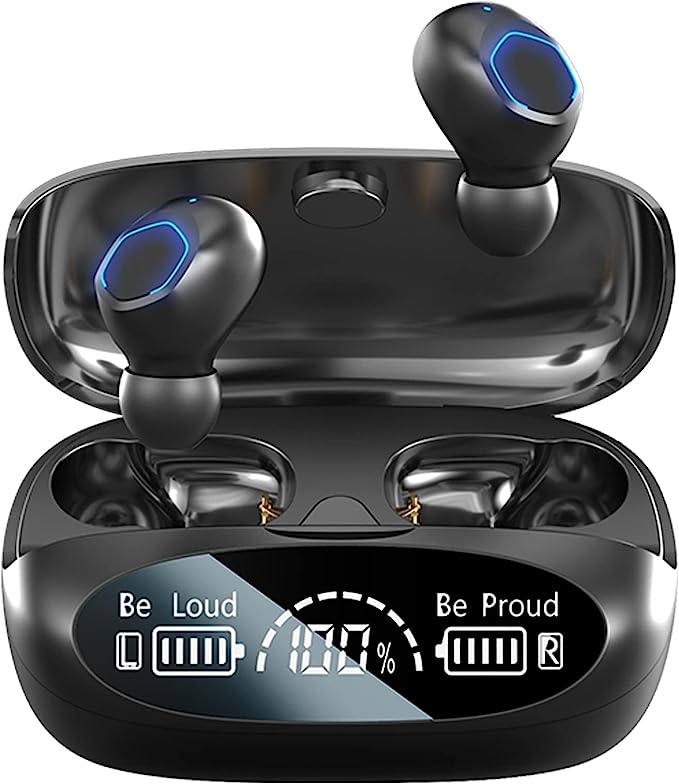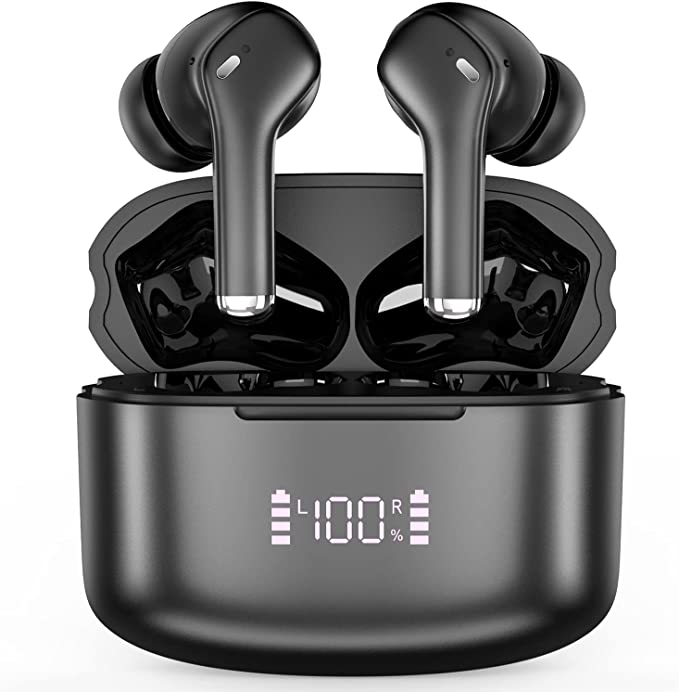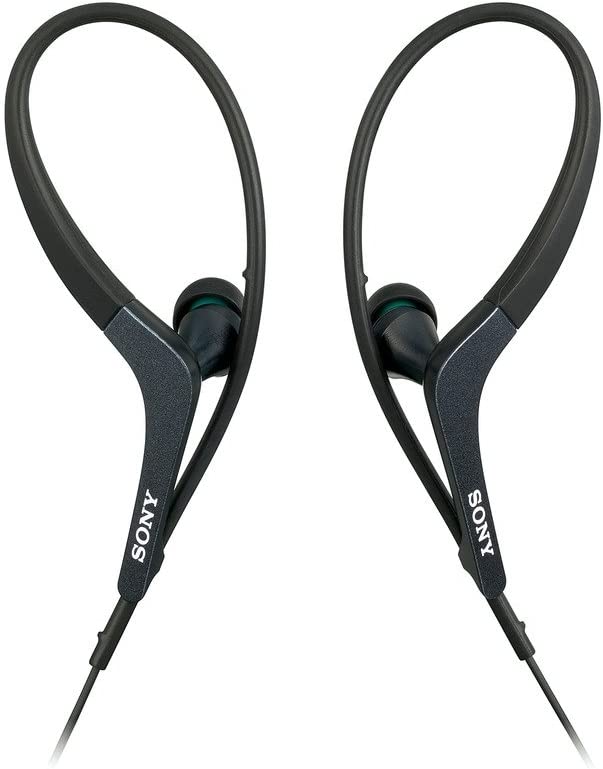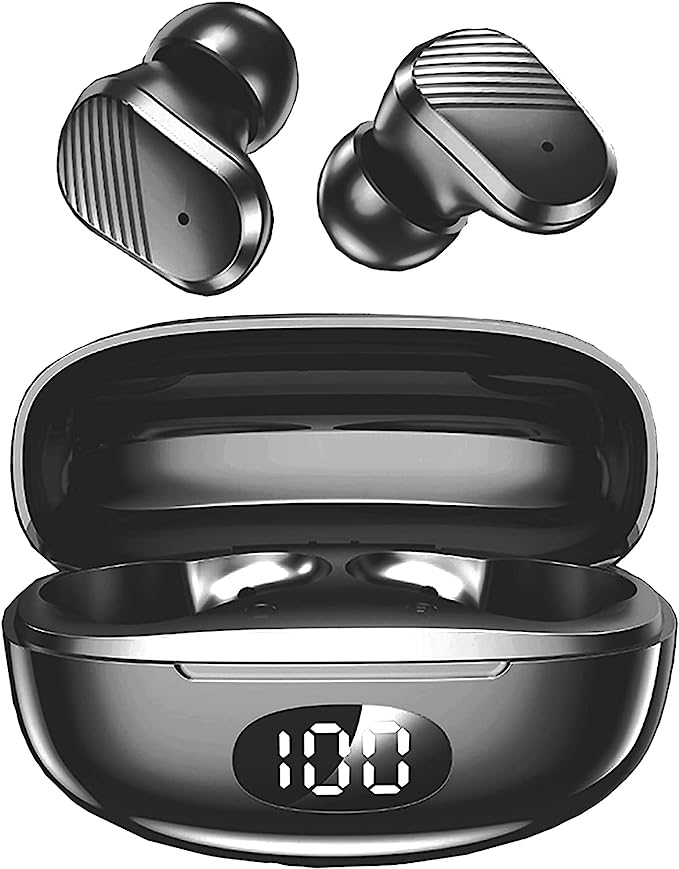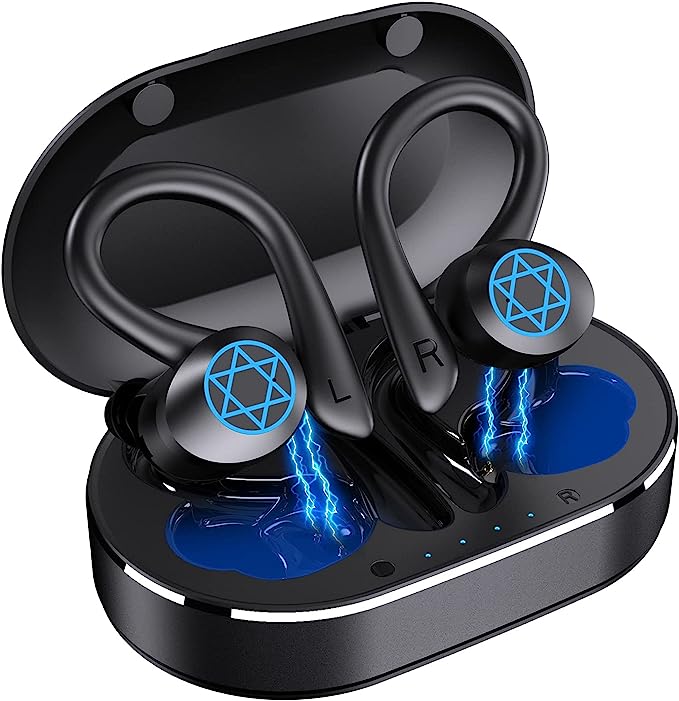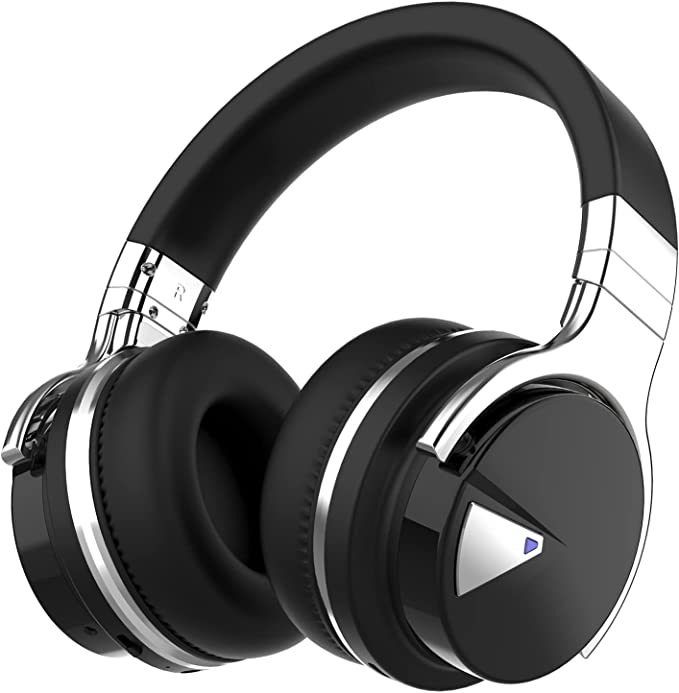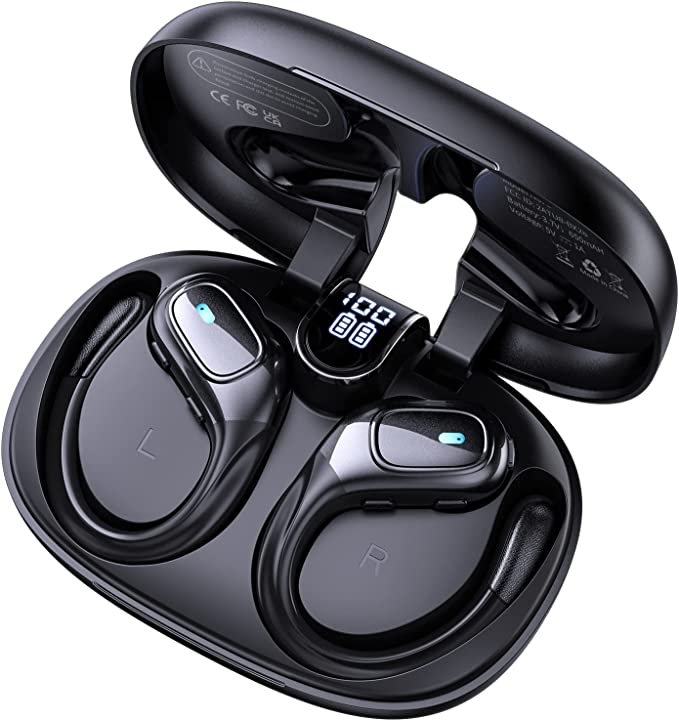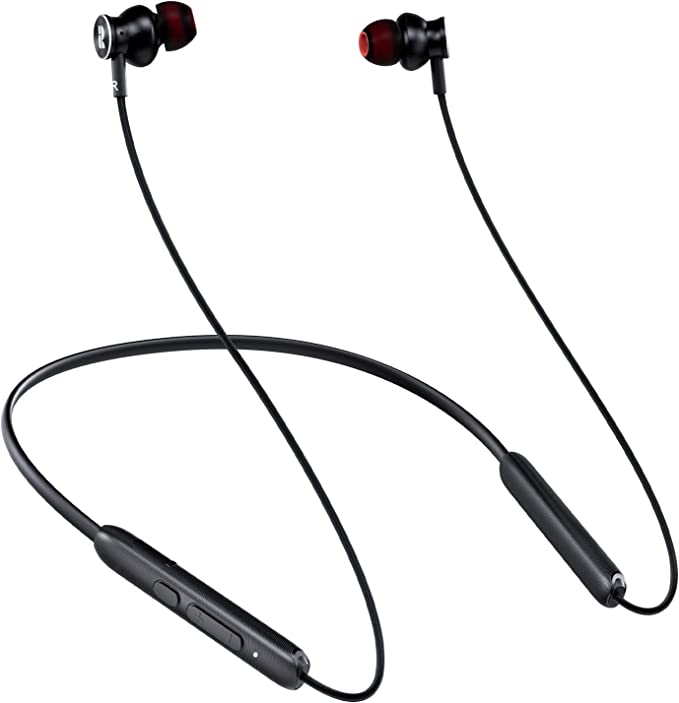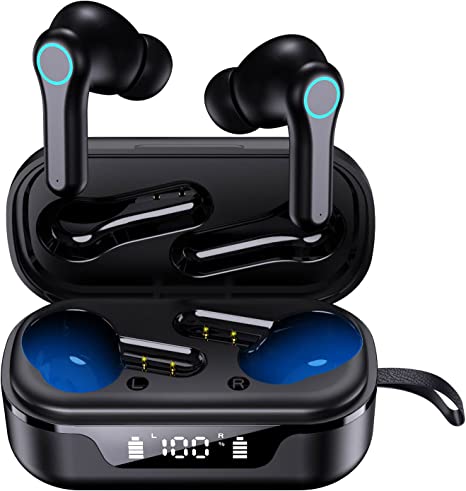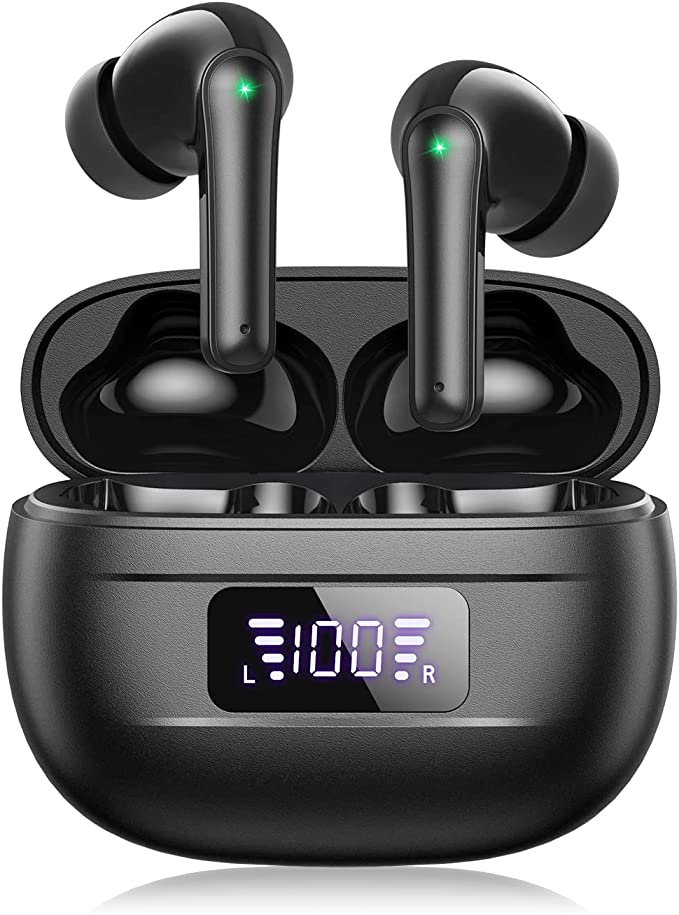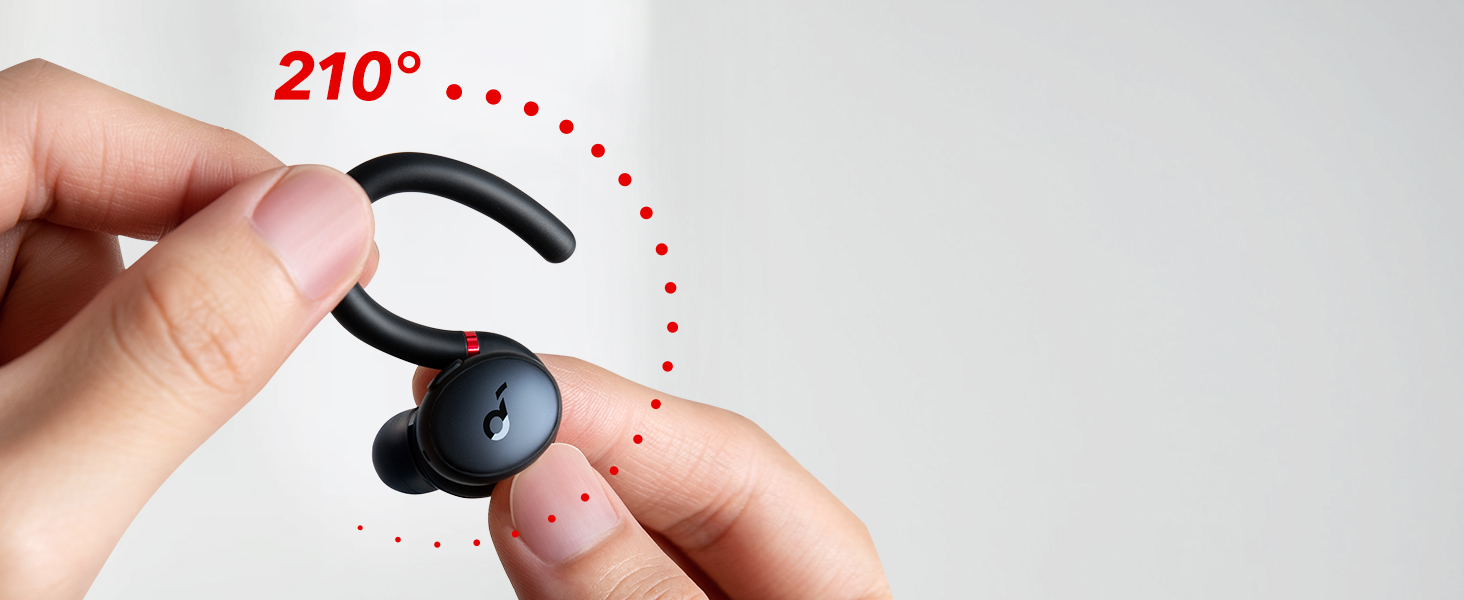The Endurance Beast: Why occiam C16-2’s 64-Hour Battery and Tactile Controls Win
Update on Nov. 23, 2025, 8:33 a.m.
In the hierarchy of wireless earbud frustrations, two complaints consistently rise to the top: “Why is the battery dead again?” and “I hung up the call just by adjusting the fit.”
While flagship brands chase spatial audio and head tracking, they often neglect these fundamental usability issues. The occiam C16-2 Wireless Earbuds represent a return to pragmatic engineering. With a staggering 64-hour total playtime and a control scheme that users describe as requiring “intentional” input, they position themselves not as a luxury toy, but as a relentless workhorse. To understand the value here, we need to look at the physics of energy density and the psychology of user interface design.

The Mathematics of 64 Hours: Energy Density
Most TWS cases offer 20 to 30 hours of total backup power. The C16-2 doubles this standard.
How is this achieved?
It comes down to the Volumetric Energy Density of the Lithium Polymer cells housed within the case. By optimizing the internal geometry of the charging cradle, occiam engineers have fit a larger capacity battery without making the case brick-sized.
* The User Impact: 64 hours translates to over two weeks of moderate use (4 hours/day) without ever plugging the case into a wall. For travelers or shift workers, this “off-grid” capability is a game-changer.
Bluetooth 5.3: The Efficiency Engine
A massive battery is useless if the engine is inefficient. The C16-2 runs on Bluetooth 5.3.
Unlike older protocols that constantly broadcast high-energy discovery signals, BT 5.3 utilizes optimized Low Energy (LE) Isochronous Channels.
* Physics of Savings: The chipset spends more time in “micro-sleep” states between transmitting audio packets. This efficiency is what allows the individual buds to run for extended sessions before needing a top-up from the case.
The Case for “Intentional” Control
Capacitive touch sensors on modern earbuds are often too sensitive. A stray hair or a hood adjustment can pause your music.
User reviews for the C16-2 highlight a distinct advantage: controls that require a deliberate “press” (or firm tap). Whether this is a tuned capacitive sensor or a physical micro-switch, the result is Positive Actuation.
* Why this matters: You can adjust the fit of the earbud in your canal without accidentally triggering a command. This creates a “stress-free” user experience, particularly during workouts or complex tasks where accidental inputs are disruptive.
Visualizing Power: The Dual LED Dashboard
Anxiety stems from the unknown. The C16-2 eliminates “battery anxiety” through a high-resolution Dual LED Display.
* Outer Numbers: A precise 0-100% readout for the case battery.
* Inner Bars: Individual graphical indicators for the left and right earbuds.
This isn’t just aesthetic; it’s a Cognitive Aid. It allows users to perform “energy triage”—knowing exactly if they have enough power for a 1-hour run or a 4-hour flight, rather than guessing based on a blinking green light.
Durability: IPX7 Submersion Standard
Finally, the IPX7 rating provides the necessary armor for a daily driver.
* The Standard: IPX7 guarantees protection against submersion in 1 meter of water for 30 minutes.
This is significantly more robust than the IPX4 (splash proof) rating common in this price bracket. It means the earbuds can survive a drop in the sink or a torrential downpour, making them a viable option for high-intensity sports where sweat saturation is a real risk.
Conclusion: The Pragmatic Choice
The occiam C16-2 is not trying to woo you with brand prestige. It is winning on Logistics. It offers more uptime, more durability, and more control precision than competitors twice its price. For the user who values utility above all else—who wants their gear to work harder and last longer—it is the logical choice.
